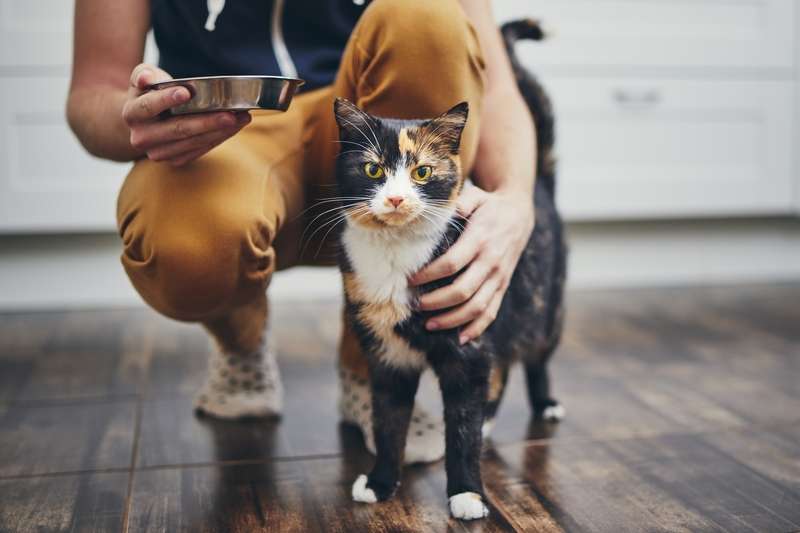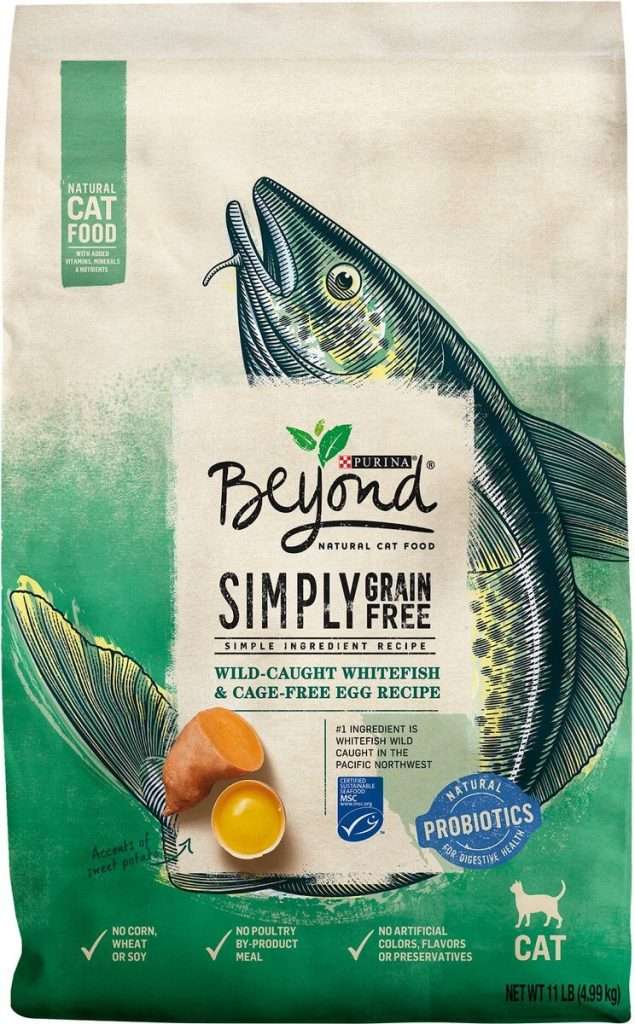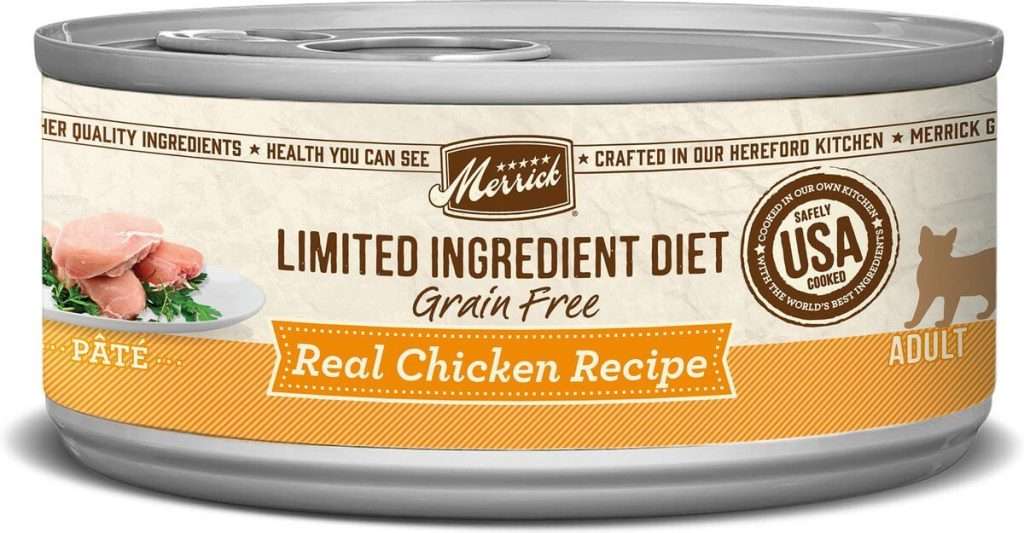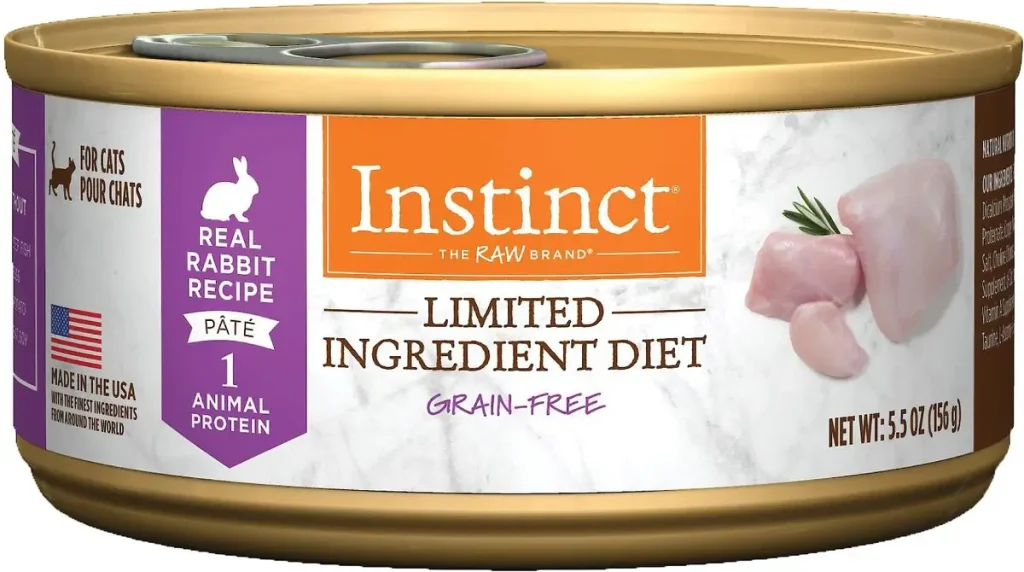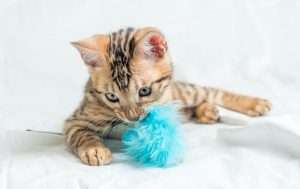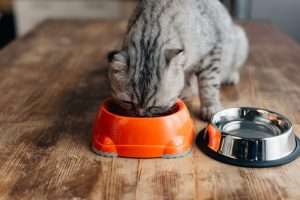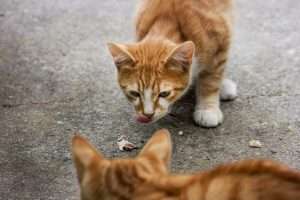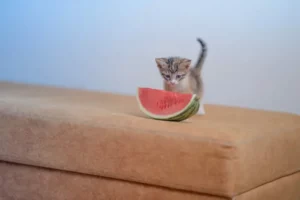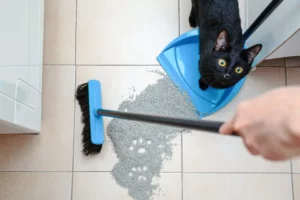Table of Contents
As a cat owner, choosing the right cat food is essential to ensure the health and well-being of your feline friend. The food you choose can have a significant impact on their overall health, including their digestive system, immune system, coat, and energy levels. With so many cat food options available, it can be overwhelming to choose the right one.
One option that some cat owners prefer is legume free cat food. Legumes, such as peas, lentils, and chickpeas, are often added to cat food as a source of protein and fiber. However, some cats may have difficulty digesting legumes or may be allergic to them. In recent years, many cat food brands have started to offer legume free options to cater to these cats’ specific needs.
In this article, we will explore the best legume free cat food brands and discuss the benefits of choosing this option for your cat’s health.
Product Overview
Rank
Image
Product
Details
Price

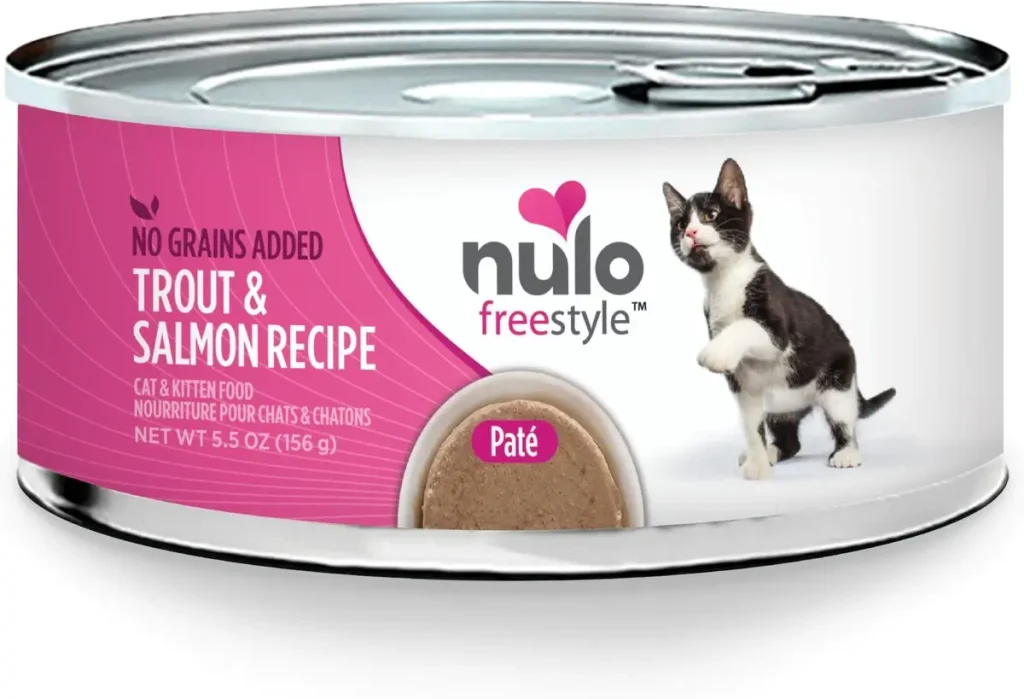
Nulo Freestyle
- High-quality, ethically sourced ingredients
- Provides a balanced and complete meal
Nutritional Requirements for Cats
Cats require a balanced and complete diet to maintain optimal health. The essential nutrients that cats need to consume include protein, fat, vitamins, minerals, and water. Protein is a crucial component of a cat’s diet and is necessary for muscle growth, tissue repair, and a healthy immune system. Fats provide a concentrated source of energy and help to maintain healthy skin and coat. Vitamins and minerals are also essential for a cat’s overall well-being, including maintaining healthy bones, teeth, and organs. Finally, water is critical for proper digestion and to prevent dehydration.
Legumes, such as peas, lentils, and chickpeas, are often used in cat food as a source of protein and fiber. However, some cats may have difficulty digesting legumes, which can lead to digestive issues such as gas, bloating, and diarrhea. Additionally, some cats may have an allergy or sensitivity to legumes, which can cause skin irritation and other health issues. For these cats, a legume free diet may be beneficial.
Consuming too much legume can lead to an imbalance in a cat’s diet, as legumes are not a complete source of protein. Additionally, some legumes, such as soybeans, contain phytoestrogens, which can interfere with a cat’s hormonal balance. Finally, some legumes, such as lentils, can contain antinutrients, which can impair nutrient absorption in cats.
What to Look for in a Legume Free Cat Food
Key ingredients to avoid in legume free cat food
When choosing a legume free cat food, it’s important to avoid certain ingredients that can be harmful to your cat. These ingredients may include:
- Artificial colors, flavors, and preservatives: These can cause allergic reactions and have been linked to health problems in cats.
- Grains: Some cats may have grain allergies, so it’s important to choose a cat food that is free of grains.
- Meat by-products: These are low-quality ingredients that can contain parts of animals that are not suitable for consumption, such as beaks, feet, and intestines.
- Soy: Soy is a common legume and can cause digestive issues and allergic reactions in some cats.
Nutritional requirements for cats
Cats have specific nutritional requirements that must be met in order to maintain their health. These include:
- Protein: Cats are obligate carnivores, meaning they require a diet that is high in protein. Look for cat foods that have high-quality sources of protein, such as chicken, fish, or beef.
- Fat: Fat is an important energy source for cats, but it should be balanced with other nutrients to avoid obesity and other health issues.
- Vitamins and minerals: Cats require certain vitamins and minerals in their diet to support their overall health and wellbeing.
Common allergens in cat food
Some cats may have allergies or sensitivities to certain ingredients in cat food. Common allergens include:
- Chicken: Chicken is a common ingredient in cat food and can cause digestive issues and allergic reactions in some cats.
- Fish: Some cats may be allergic to certain types of fish, such as salmon or tuna.
- Dairy: Dairy products can be difficult for cats to digest and may cause digestive issues.
- Beef: Some cats may have beef allergies or sensitivities.
When choosing a legume free cat food, it’s important to read the ingredient list carefully to ensure that it doesn’t contain any of these common allergens. Additionally, if your cat has a known allergy or sensitivity to a certain ingredient, it’s best to avoid it altogether.
Best Legume Free Cat Food Brands in the Market
Blue Buffalo Freedom Indoor Adult Chicken Recipe Grain-Free Canned Cat Food
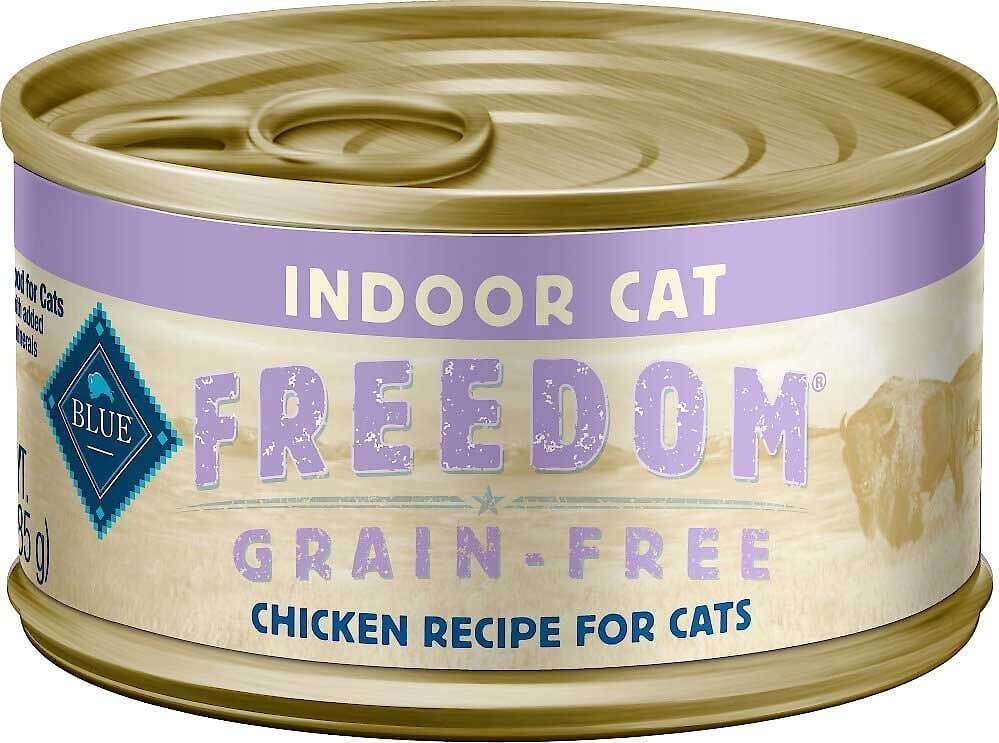
Compared to other legume free cat food brands, Blue Buffalo Freedom Indoor Adult Chicken Recipe Grain-Free Canned Cat Food is a good choice for cats with grain sensitivities. Its use of real chicken as the first ingredient and the absence of poultry by-product meals make it a high-quality option. While the price may be higher than other brands, the nutritional value and lack of artificial ingredients make it a good value for cat owners who prioritize their cat’s health.
- Pros
- Real chicken is the first ingredient
- Contains essential vitamins, minerals, and antioxidants
- No artificial preservatives, colors, or flavors
- Cons
- Some cats may not like the taste or texture of the food
Purina Beyond Grain-Free Natural Simply Wild Caught Whitefish & Cage Free Egg Recipe Dry Cat Food
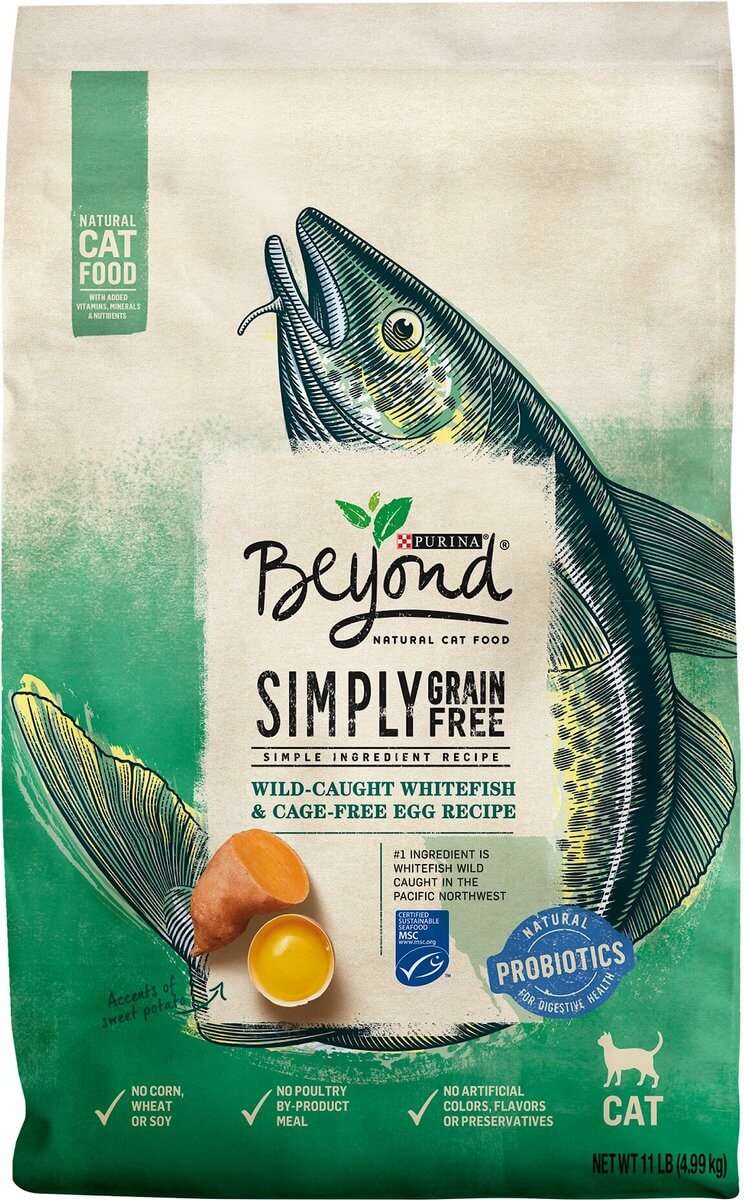
- Pros
- High-quality natural ingredients
- Rich in protein and antioxidants
- Easily digestible
- Cons
- Some cats may not like the taste or texture
Nulo Freestyle Trout & Salmon Recipe Grain-Free Canned Cat & Kitten Food
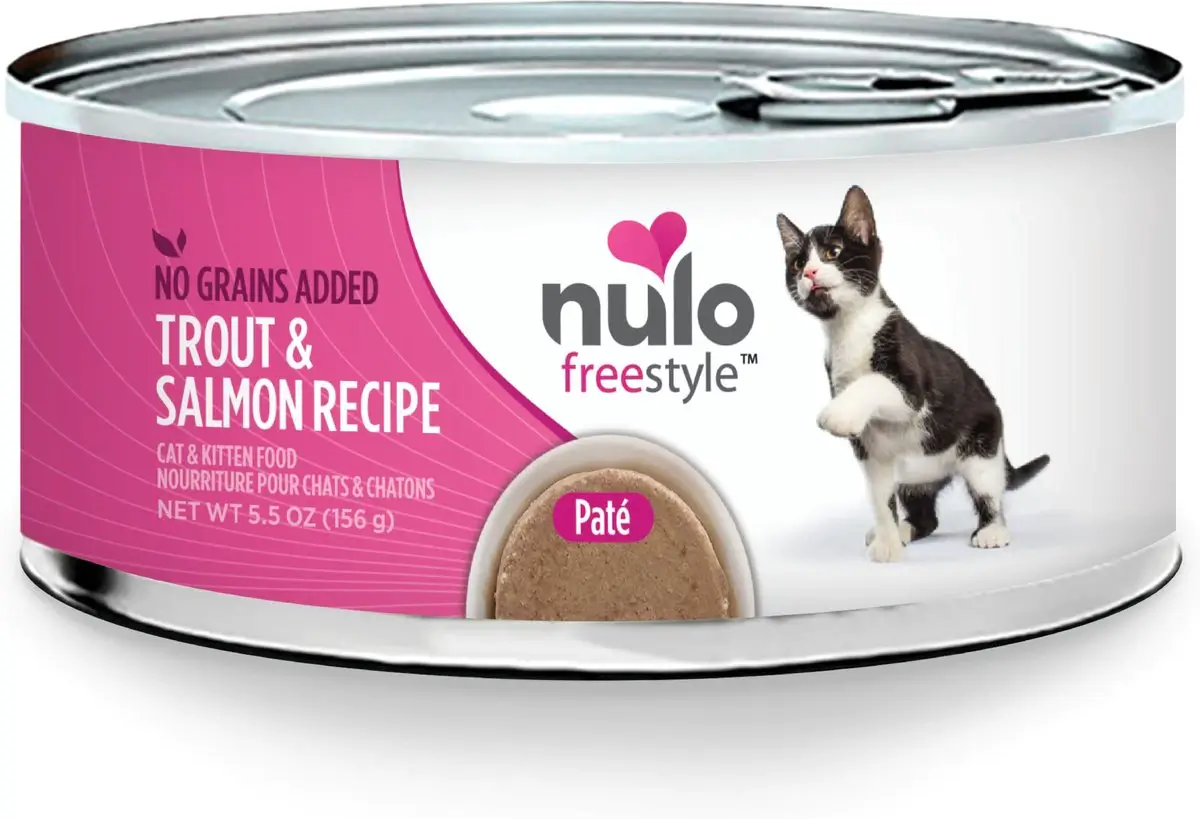
- Pros
- Made using high-quality, ethically sourced ingredients
- Provides a balanced and complete meal
- No poultry by-product meals, corn, wheat, or soy
- Cons
- Contains some plant-based ingredients
Merrick Limited Ingredient Diet Grain-Free Real Chicken Recipe Canned Cat Food
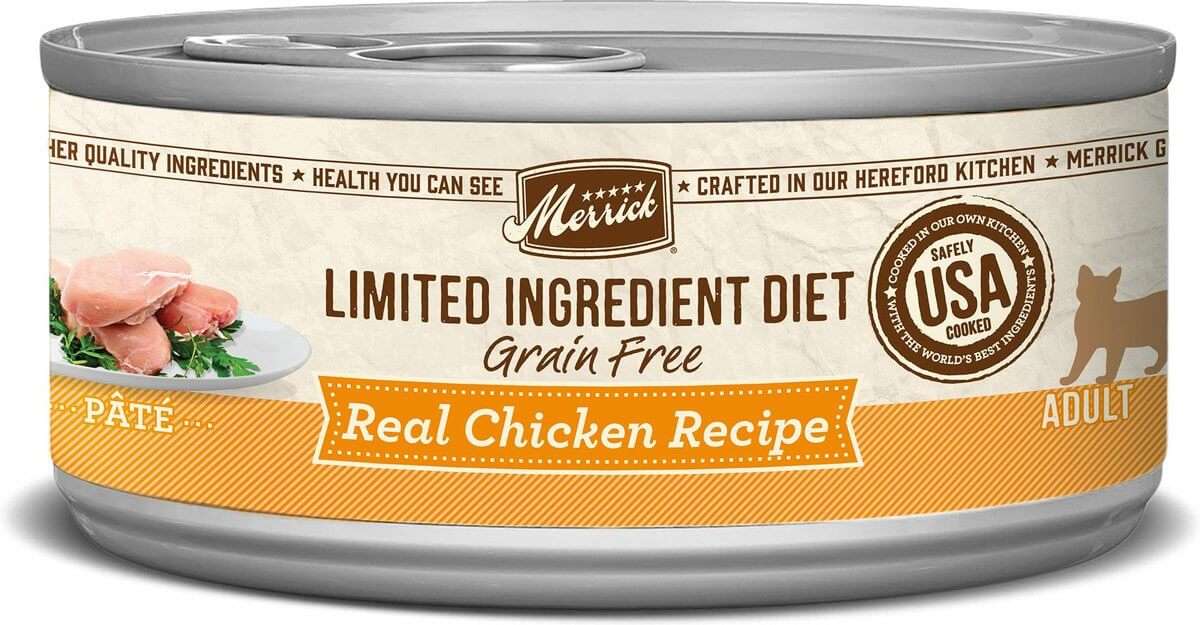
- Pros
- Limited ingredient recipe
- High-quality protein from real chicken
- Grain-free and soy-free
- Cons
- Some cats may not like the taste or texture
Instinct Limited Ingredient Diet Grain-Free Real Rabbit Recipe Wet Cat Food
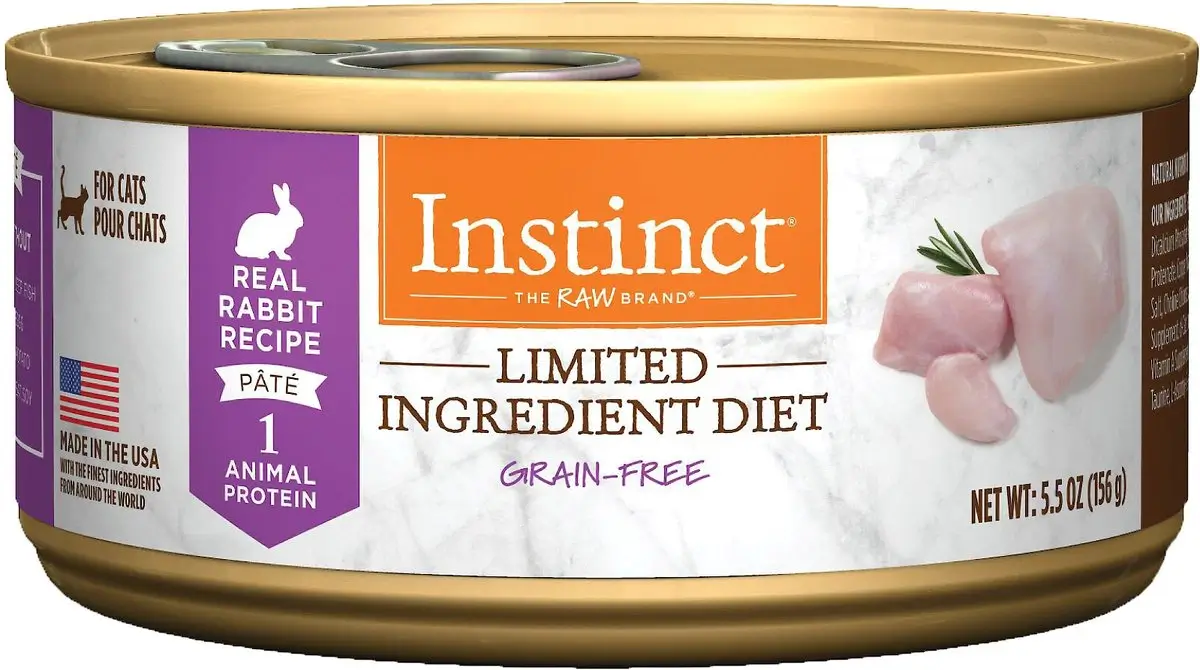
- Pros
- Made with real rabbit
- Rich in protein
- No common allergens like dairy, chicken, beef, and eggs
- Cons
- May not be ideal for cats with certain dietary restrictions or sensitivities
Homemade Legume Free Cat Food
Reasons for making homemade cat food
While there are many commercial cat food brands that offer legume free options, some cat owners prefer to make their own cat food. One reason for making homemade cat food is to have greater control over the ingredients that go into their cat’s diet. This is especially important for cats with specific dietary needs or allergies. Homemade cat food also allows cat owners to incorporate a variety of fresh, whole foods that are not commonly found in commercial cat food.
Essential ingredients and substitutes for legumes
When making homemade cat food, it is important to include essential nutrients such as protein, fats, vitamins, and minerals. To replace the legumes found in commercial cat food, cat owners can use alternative sources of protein such as poultry, fish, and meat. Vegetables such as sweet potatoes, carrots, and green beans can also be used to provide carbohydrates and fiber.
Steps for making homemade cat food
To make homemade cat food, cat owners should first consult with a veterinarian or a veterinary nutritionist to ensure that the recipe meets their cat’s specific nutritional needs. The recipe should include a balance of protein, fat, vitamins, and minerals. Once the recipe is approved, cat owners can purchase high-quality ingredients and prepare the food in small batches. It is important to properly store and handle the food to prevent contamination and spoilage.
Tips for feeding your cat homemade cat food
When feeding homemade cat food, cat owners should closely monitor their cat’s health and weight. Any changes in appetite, behavior, or weight should be reported to a veterinarian. It is also important to feed cats a variety of foods to ensure they are getting all the necessary nutrients. Cat owners should also be aware that homemade cat food may not be appropriate for all cats, especially those with specific health conditions. Therefore, it is important to consult with a veterinarian or a veterinary nutritionist before making any changes to a cat’s diet.
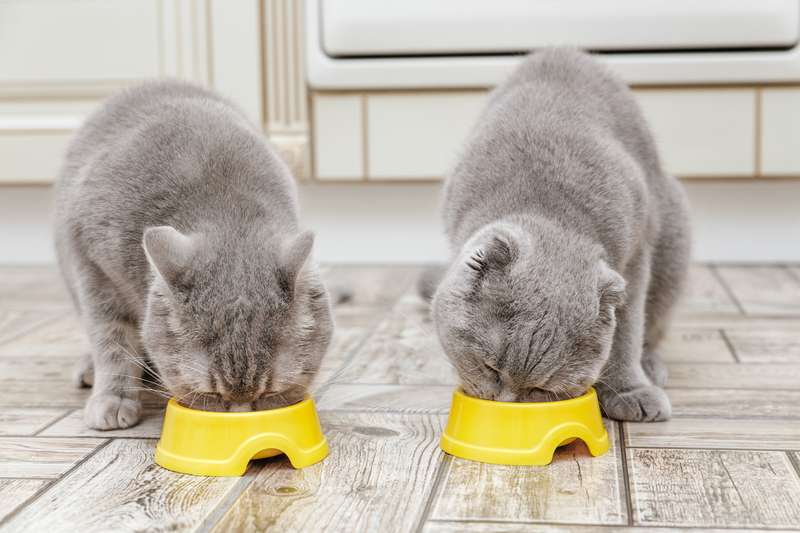
Frequently Asked Questions
The Verdict
Choosing the right cat food is crucial for ensuring the health and wellbeing of our feline friends. Many cat owners have turned to legume-free cat food as a way to provide their cats with a healthier and more natural diet. Legume free cat food offers several benefits, including improved digestion and a reduced risk of allergies.
When shopping for the best legume free cat food, it is important to look for high-quality ingredients that meet your cat’s nutritional requirements. Key ingredients to avoid include peas, lentils, and chickpeas. Instead, look for proteins from sources like chicken, turkey, or fish, as well as healthy fats and essential vitamins and minerals.
Some of the best legume free cat food brands on the market include Blue Buffalo Freedom Indoor Adult Chicken Recipe Grain-Free Canned Cat Food, Purina Beyond Wild Prey-Inspired Turkey, Liver & Quail Recipe Paté Canned Cat Food, Nulo Freestyle Trout & Salmon Recipe Grain-Free Canned Cat & Kitten Food, and Merrick Limited Ingredient Diet Grain-Free Real Chicken Recipe Canned Cat Food. These brands offer high-quality, nutritious options that can help improve your cat’s overall health.
If you prefer to make your own cat food at home, it is important to do so with caution and under the guidance of a veterinarian. Some key ingredients and substitutes for legumes include ground meat, eggs, and vegetables like spinach and carrots. When making homemade cat food, it is important to ensure that it contains all the necessary nutrients and vitamins that your cat needs.
In conclusion, choosing the best legume free cat food for your furry friend can seem like a daunting task, but it is well worth the effort to ensure their health and wellbeing. By keeping in mind the nutritional requirements of cats and avoiding key ingredients like legumes, you can find a high-quality cat food that will meet your cat’s needs and help them thrive.


